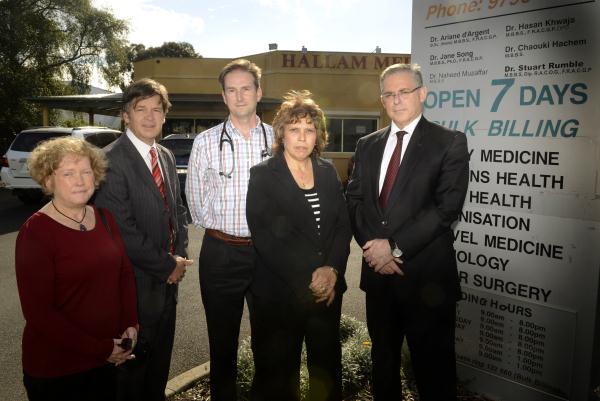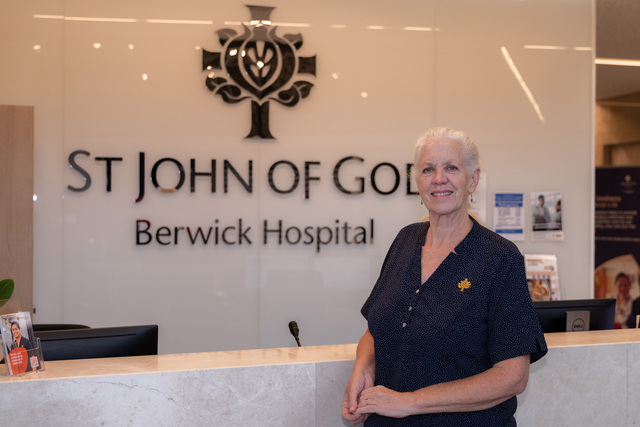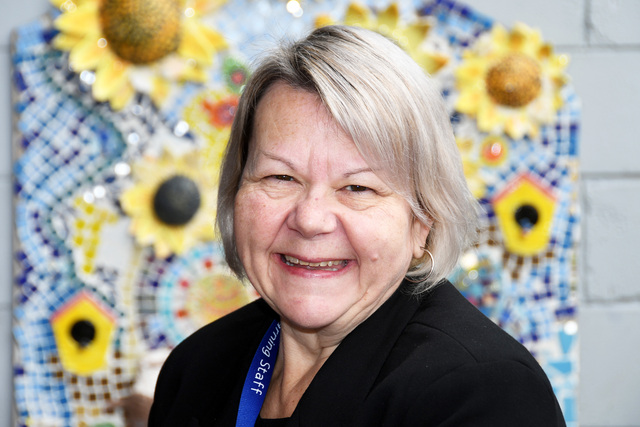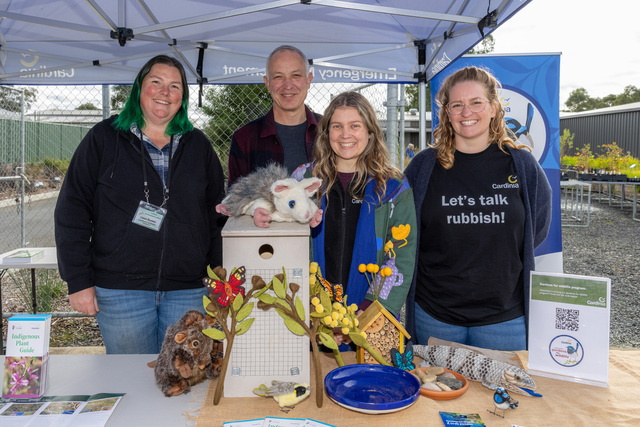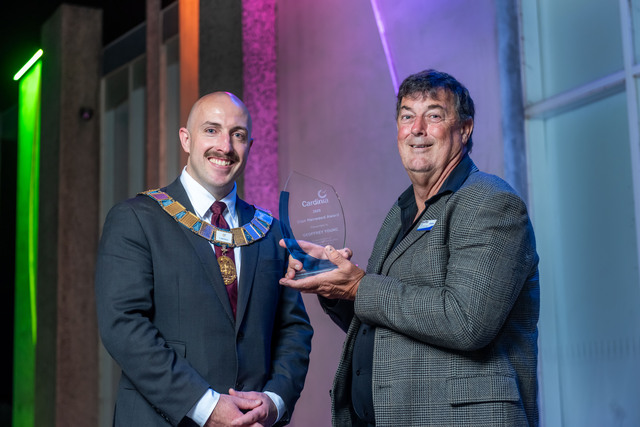By LACHLAN MOORHEAD
HOLT MP Anthony Byrne has this week questioned the merit of the $7 GP tax announced in the Federal Budget, citing the move as a threat to universal healthcare in Australia.
During a visit to the Hallam Medical Group practice on Tuesday, Mr Byrne spoke to doctors and residents about the tax, which he said would turn GPs into tax collectors.
“The $7 tax on doctor visits hits everyone – families, pensioners, parents, low income earners, people with a disability, veterans and the unemployed,” he said.
“And for the first time, pensioners and concessional patients will be charged for pathology and imaging services out of hospital.”
Mr Byrne also questioned the Federal Government’s decision to introduce a new Medicare Safety Net from 1 July 2016, which he said would cut $270 million from the provision’s existing arrangements.
“This is a budget of broken promises, cruel cuts and unfair increases in the cost of living,” he said.
“Families will have to pay a new petrol tax to Tony Abbott every time they get in their car, and a new GP tax every time they take their sick child to the doctor.”
Psychologist Stephanie Chu, who works for the Hallam Medical Group, also fears the GP tax will prove to be a disincentive for patients who live in the City of Casey.
“It’s a big deterrent; a patient might not want to see a GP because they are anxious,” she said.
“Why would they pay $7 when they cannot even afford a few things?
“It’s very blurry when it comes to how do you pay that $7? Do you have to have $7 in your pocket when you walk in? If somebody comes here on an emergency basis, do you have to have $7 on you?
La Trobe MP Jason Wood said people under the age of 16, or those who held a concession card, will never pay more than $70 a year through the GP tax.
“There is a safety-net cap of 10 payments per year – meaning that no-one who fits those categories will pay more than $70 a year for any amount of doctors’ visits, and if they need to visit the doctor’s clinic for mental health planning or certain chronic or terminal conditions they will not have to pay the $7 at all,” he said.
“Most importantly, providers will have the discretion of whether to charge the $7 patient contribution.”
For each $7 patient contribution, $5 will go towards the Medical Research Future Fund, also announced in last week’s budget.
“This fund will be the largest of its kind in the world, and by 2023 will distribute around $1 billion per year, doubling the Australian Government’s direct medical research funding,” Mr Wood said.
“The Medical Research Future fund has the potential to help find the treatments and cures for medical conditions like type one juvenile diabetes, which affects about 130,000 children in Australia and of course cancer, which is something so many families in La Trobe are touched by.”

